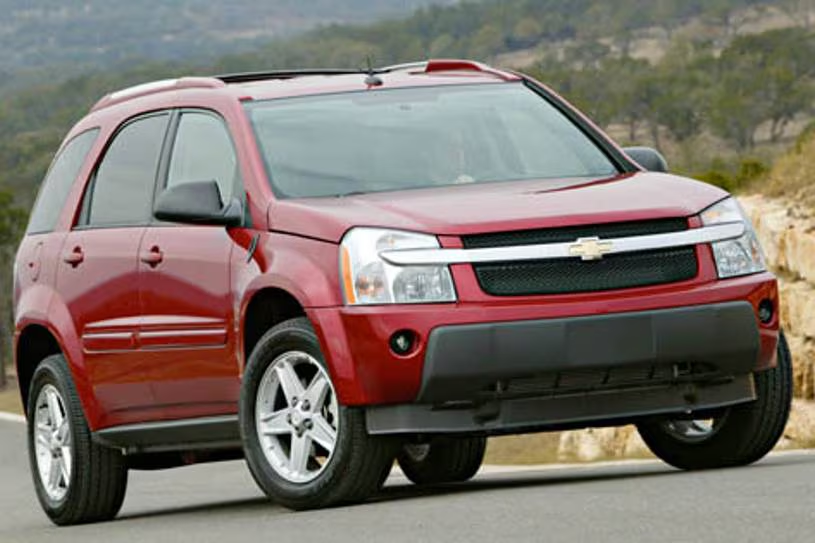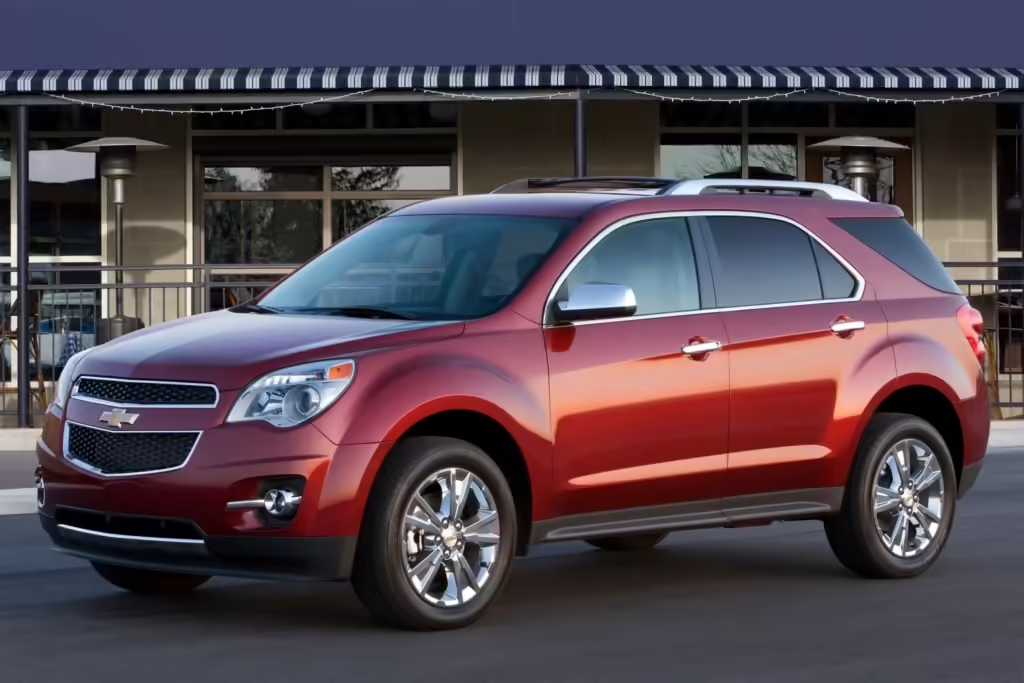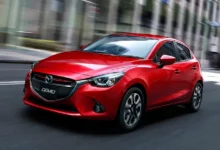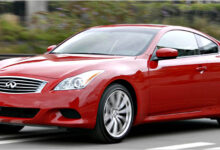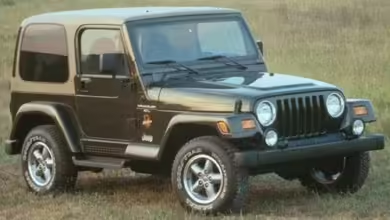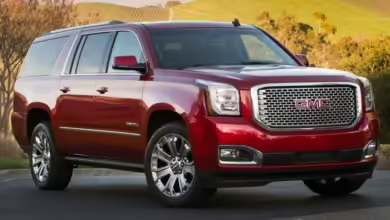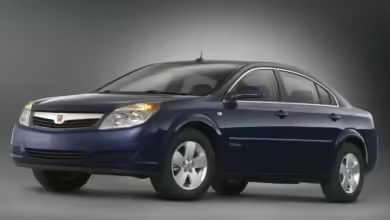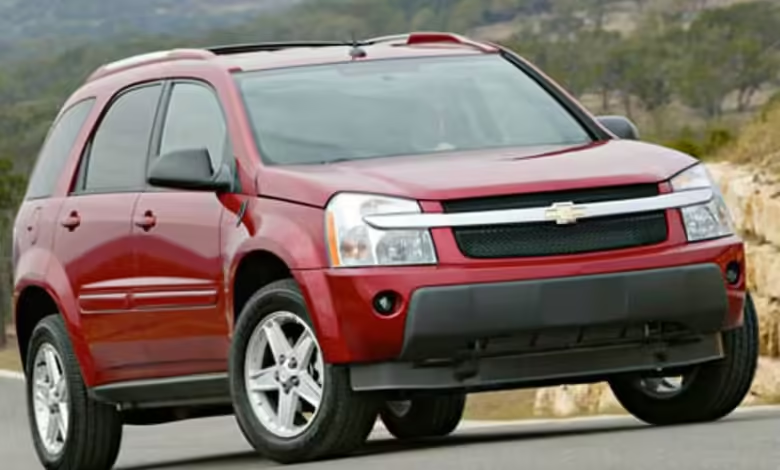
Let’s take a journey through the timeline of the Chevy Equinox, a journey that isn’t always as smooth as you might hope. Picture yourself flipping through an old photo album, expecting to see fond memories but instead stumbling upon a few pages that make you cringe. If you’re wondering what year Chevy Equinox to avoid, these pages represent the years w
2005-2007: The Rocky Start
The Chevy Equinox hit the road in 2005, aiming to capture the hearts of SUV lovers everywhere. But, like a new actor in Hollywood, it faced its share of teething troubles. The 2005 model seemed promising but soon revealed its dark side. The ignition was as temperamental as an old typewriter, often refusing to work properly. Imagine being ready for a journey, only to have your vehicle throw a tantrum. Not fun, right?
Owners of the 2006 Equinox experienced what felt like a chilling horror movie – the heater often decided to go on strike during the coldest months. This wasn’t just about comfort; it was about safety, with frosted windshields turning the car into a mobile icebox. The 2007 model didn’t fare much better, with a slew of issues including fuel pump failures and malfunctioning airbag sensors leading to recalls.
2010-2012: The Oil Guzzler
Moving into the second generation, the 2010 Equinox was like a promising young athlete who just couldn’t stay out of trouble. The 2.4L I4 engine was a notorious oil guzzler, consuming more oil than a teenager does snacks. This wasn’t just a quirk; it led to significant engine damage if not monitored constantly. Transmission failures were also a common theme, turning what should have been smooth rides into jerky, frustrating experiences.
The 2011 model continued this trend, with many owners lamenting the excessive oil consumption and mechanical faults that seemed to pop up out of nowhere. By 2012, Chevy had tried to iron out some of these issues, but the persistent problems with the engine and timing chain meant this model year still had its fair share of headaches.
2013-2017: A Mixed Bag

When discussing the Worst Years For Chevy Equinox, the period from 2013 to 2017 stands out significantly. 2013-2017 saw the Equinox attempting to polish its reputation, but it was more of a mixed bag. The 2013 model suffered from the same oil consumption issues, like a marathon runner who just couldn’t pace themselves properly. The 2.4L engine’s piston rings were often the culprits, lea
However, it wasn’t all bad. By 2014, some improvements were noticeable, particularly in terms of fuel economy and safety features. The 2015 Equinox brought some relief, but it was still plagued by lingering issues from its predecessors. A notable story is from a 2015 Equinox owner who faced a blown engine due to persistent oil consumption problems, illustrating that even newer models weren’t immune to serious issues
